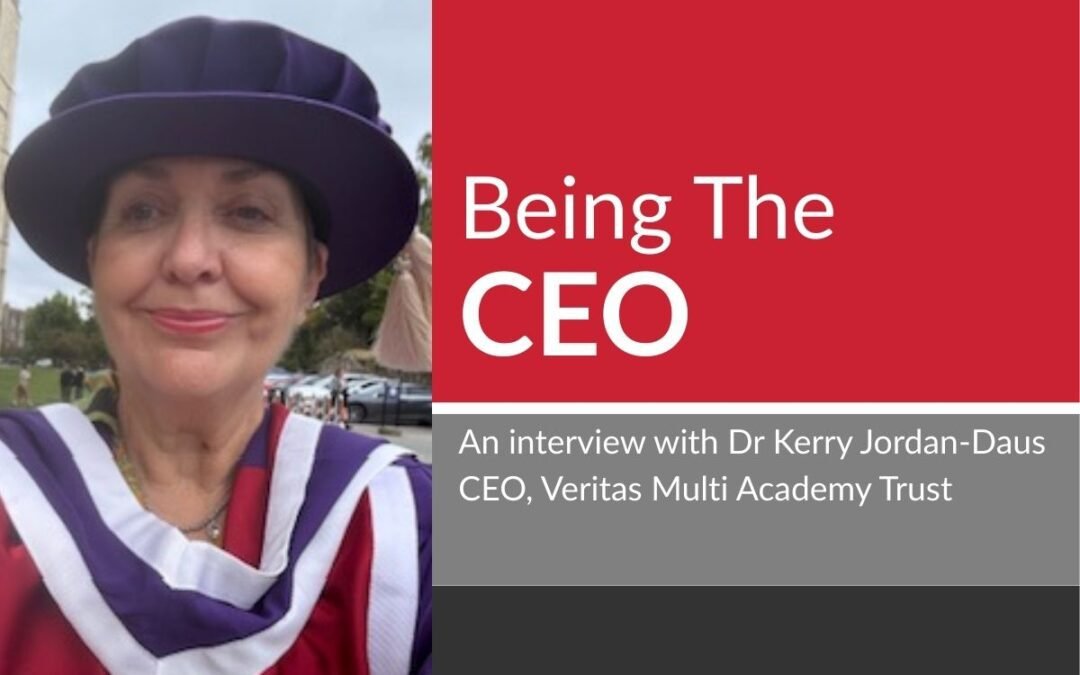Today has seen the launch of NGA’s new report on the governance of multi-academy trusts, and a fine piece of work it is too. It provides an excellent summary of the current state of trust governance, and the key challenges we all need to work together to address. We’ve also this week seen the publication of a new Academies Financial Handbook, with key new provisions around governance. As an organisation working with executive leaders and their trust boards, I thought it would be helpful to contribute my reflections on some of the key findings and our own experiences and insights on these issues. Here’s my second of three blogs.
Getting the right people around the table
“NGA know that most boards audit the range of their skills and knowledge, and recruit or train to fill in the gaps. While some trusts have got this right, this remains a significant obstacle for others.” NGA Report, 2019
The NGA report puts ‘getting the right people around the table’ centre stage – rightly, seeing it as essential to effective governance of trusts.
Our own external reviews of trust boards have shown that trusts seem to be getting better at bringing on board people with a wide range of expertise and backgrounds. The work of organisations such as Academy Ambassadors is clearly having an impact too. Our case study on the Discovery Trust in Leicestershire, provides some helpful hints and tips for Members and Chairs who are looking to recruit a strong board::#TrustLeaders Resources: Case Studies; Articles; Thinkpieces; Videos; Reports
However, what has also been clear – as highlighted in NGA’s report – is the challenge that exists for many trustees in making the necessary time commitment both to board meetings and other essential aspects of governance activity. This, from our experience, is having a negative impact in a number of areas:
- There is clearly variability in the levels of attendance at some board meetings, with people with key expertise often absent from discussions where their input would be valuable;
- Some trusts are reluctant to create new (but in our view, essential) committees because of the additional time commitments these place on trustees. This means that too much detail is being covered at some board meetings, hindering strategic discussion and a sufficient focus on details that would normally be covered by committees;
- Some trusts are running committee meetings on the same days as board meetings, which is time efficient, but hinders the depth of committee reporting (reports are often provided orally rather than through written report – though minutes are taken at board) and limits the time available for the board to reflect and interrogate committee reports and decisions.
- Diversity of the board is likely to be impacted – with people with caring responsibilities or from lower income backgrounds being less likely to take time off work.
There is clearly more that many boards can be doing to reduce the time commitment on trustees – such as through better, more focused board papers and communications between LGBs and the board. Some trust boards that we have reviewed have provided trustees with extensive paperwork before meetings, which require a substantial amount of time to read and can also lack focus on the high risk and strategically important issues contained within. Timeliness of paperwork can also be a challenge, with examples of trustees needing to review paperwork over a weekend ahead of the meeting the next week.
Boards are embracing the need to change in this regard – and it will make the role more ‘doable’ for trustees. However, in any case, it is also a reality that being a trustee will always require a greater time commitment than being governor of a single school. The organisation is simply larger, more complex, and more extensively regulated. Even if boards can find sensible ways of reducing the commitment, the commitment will always be substantial.
Whilst there are numerous arguments against paying trustees, our policy roundtable report – which involved the NGA and trustees and CEOs – suggested that government could consider tax incentives for those undertaking the role, perhaps including a qualification that one should be a trustee for more than a year before qualifying for such an incentive. Another option is that government provides better incentives to employers who commit to providing their staff with a small number of paid ‘days off’ per year in order for them to serve as trustees. Many foundation hospital trustees are paid, and for good reason, and trustees in the academy trust sector must not go unrecognised.
The final point to be made around getting the right people on the bus, is on diversity. NGA’s own data tells us that trust boards are simply nowhere near diverse enough, and that has been our own experience too when undertaking external reviews and working with trust boards. Research tells us that more diverse boards are more effective boards, and that ensuring a diverse organisations begins with the board. A recent paper by Russell Reynolds Associates stated that change starts with the chair and that chairs can model an ideal culture within the boardroom by:
“
- Ensuring that the board itself is diverse, including women, minorities and diverse points of view; engaging in creative efforts to build the board candidate pipeline; and eliminating bias from the ideal director profile.
- Creating an inclusive boardroom environment that fully harnesses the benefits of a diverse board and encouraging all board members to contribute and constructively challenge assumptions and perspectives.
- Setting the tone that diversity and inclusion is important to the organisation by keeping it on the board agenda, asking the right questions and monitoring the relevant data. Chairs and boards can and do have a direct impact on the success of diversity and inclusion within the organisations they serve.”
Chairs play the key role in recruitment and retention of trustees – but our experience is that many still struggle to find the time for this beyond the demands of preparing for and running board meetings. It is up to the Chair to continuously build external relationships and strategic partnerships with the community the trust serves – including local businesses, charities, community leader, and public services. These links not only serve to bring contextual wisdom to the board, they also bring much in terms of social and professional capital – including serving as a pipeline for future trustees. Some Chairs are still not taking a medium- to long- term a approach to building their boards, often being quite reactive when vacancies appear. Many Chairs, in our experience, also need to take more ownership of induction and performance management of trustees (including identifying development needs). Some excellent guidance on how Chairs work with and support trustees provided by the Association of Chairs: Further details can be found: https://www.
The government has begun to invest in supporting the training and development of trustees in the academy trust sector. It must now find a way of investing in attracting and retaining people who bring valuable expertise, perspectives and passion to the role. The future of trusts and the children and young people they serve depends on it.
My final blog on this report will consider the issue of executive pay and performance management.
Further reading:
- NGA’s report: https://www.nga.org.uk/getmedia/88e9fcaa-0b91-4639-bba8-61847f77b7c1/MATs-40pp-Report-June-2019-(WEB)-AW-(1)-FINAL-27-06-2019.pdf
- Forum Strategy’s policy roundtable on recruiting and training trustees: http://hippofish.co.uk/policy-roundtable-paper-recruiting-retaining-september-2017/
- External Reviews of Trust Governance: http://hippofish.co.uk/testimonials-feedback/


